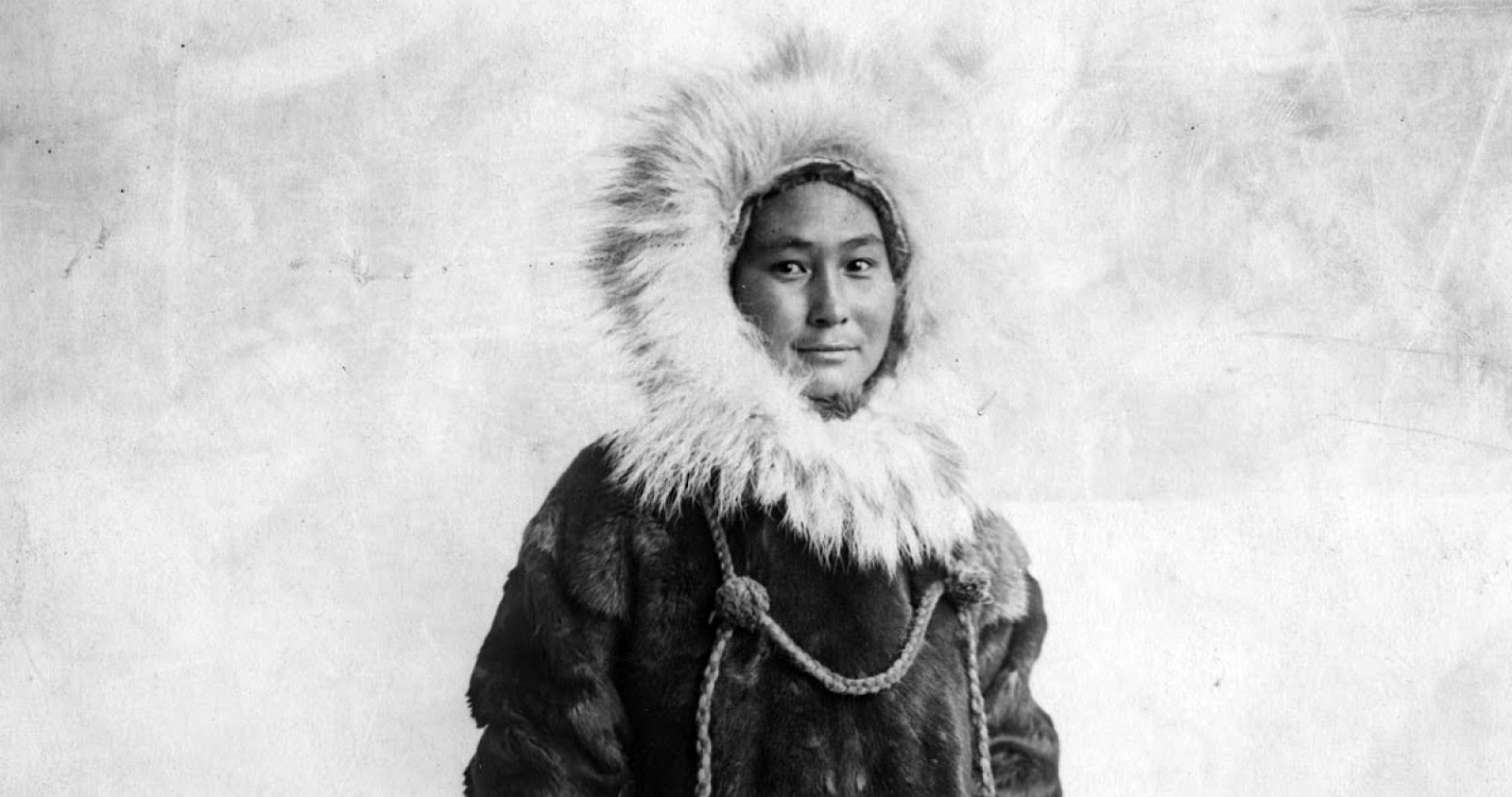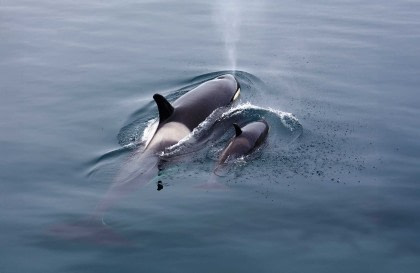The little-known hero of an unheard-of expedition
It’s a wonder a movie has not been made about her yet.
When it is, the poster taglines for the Ada Blackjack biopic will probably read something like this: “The incredible real-life story of the Iñupiat woman who became the only survivor of a fateful Arctic expedition.”
Or maybe, “To provide for her infant son, a mother abandoned by her husband joins an all-male Arctic expedition. She returns two years later, its only survivor.”
Or something simple: “The most indomitable Arctic explorer you’ve never heard of.”
Of these three options, however, the third might be the most accurate and bitter-sweet since, sadly but not too surprisingly, most people have no idea who Ada Blackjack is, not even many self-proclaimed polar enthusiasts.
But they should. Let us tell you why.
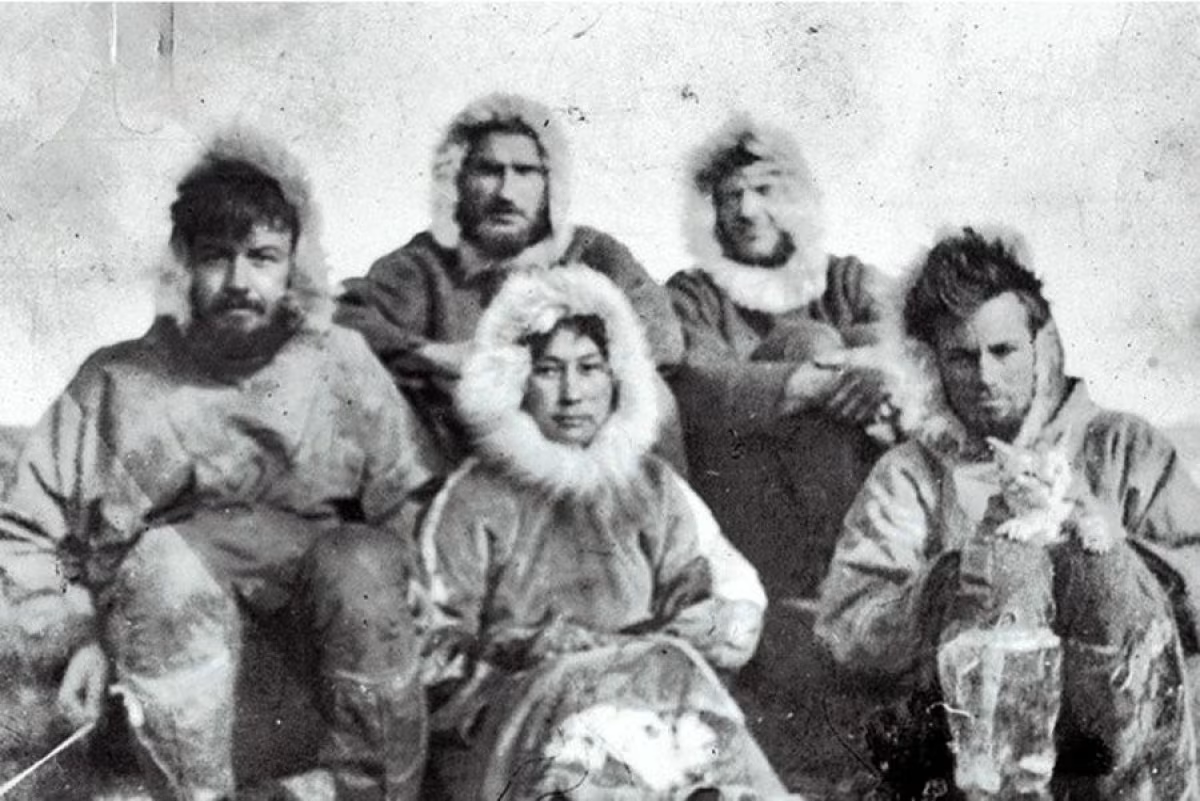
Ada Blackjack’s unintended journey from Alaskan seamstress to Arctic adventurer
In late June of 1923, a twenty-five-year-old woman with no wilderness survival experience found herself stranded and starving on Wrangel Island, Siberia, with only a cat for company.
Two years earlier, she was just another Iñupiat living in Nome, Alaska, struggling to care for her infant son, the only surviving child of three she’d had with her husband, who’d recently abandoned her to destitution.
Originally Ada Deletuk, Ada Blackjack was born in 1898 in Spruce Creek, Alaska, a small outskirts settlement of the Nome Census Area that is now entirely depopulated.
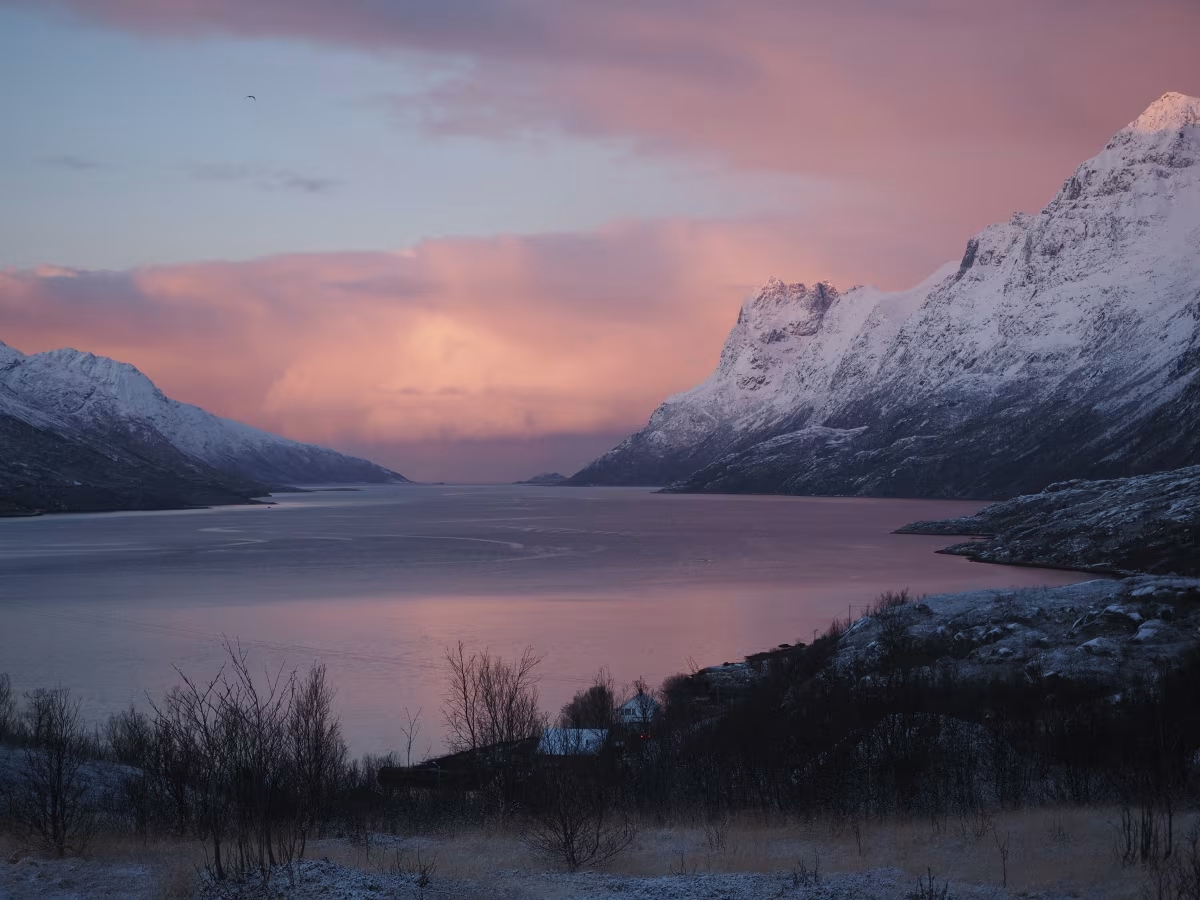
She married local dog musher Jack Blackjack when she was 16, a short and perhaps not-so-sweet marriage that dissolved in 1921 on the Seward Peninsula, where Jack left her stranded.
Walking the 64 km (40 miles) to Nome with their five-year-old son, Bennett, Ada would’ve had no idea at the time how much this bitter experience would serve as a precursor for the future ordeal that would win her praise – at least for a while.
Without money to care for Bennett, whose generally poor health included tuberculosis, Ada gave her son to a local orphanage until she was able to find the means to raise him.
That opportunity came in the person of Vilhjalmur Stefansson, a well-known Canadian explorer who’d cobbled together an ill-equipped and fatally inexperienced group of men for his next glory grab: claiming Wrangel Island, Siberia, for Britain.

Oddly enough, Britain had never expressed the slightest interest in the largely ice-locked Wrangel, which lies better than 402 km (250 miles) west of Alaska and some 161 km (100 miles) north of Siberia.
Nonetheless, Stefansson was able to capitalize on his celebrity to induce four naïve but inarguably brave young men to set out for Wrangel Island with only six months’ worth of food and inflated tales of easy Arctic game.
Perhaps more oddly, when Blackjack responded to Stefansson’s “help wanted,” it was not for her traditional Iñupiat survival skills, because she didn’t have any.
Rather, Ada had been raised by Methodist missionaries who’d understandably given her no training in tracking, hunting, or general wilderness life.
Instead, she’d been taught English (enough to read the bible, at least) and the domestic arts of sewing, cooking white-folk food, and housekeeping Western-style. These were the skills for which Ada, a shy and slender girl with a paralyzing fear of polar bears, was hired.
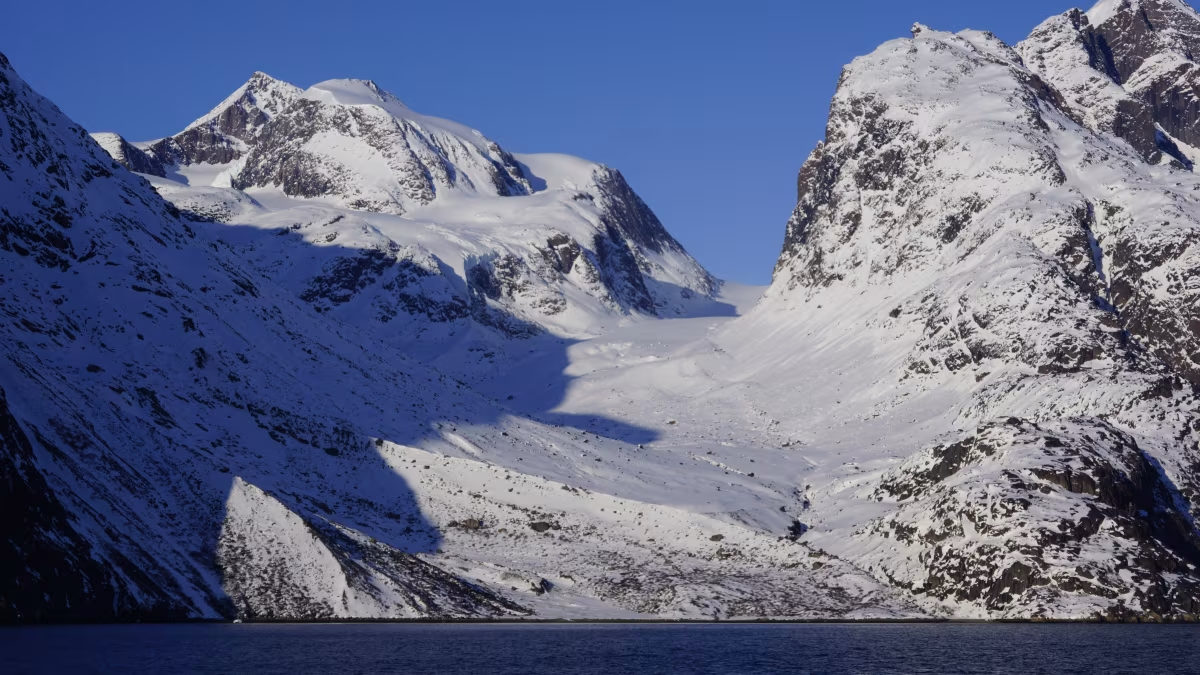
But though Ada knew she had the expertise to fit the job description, this is not to say that she didn’t have her doubts.
Venturing into the far Arctic with four strange men was, after all, an unheard-of undertaking for a woman, but then so was the money: $50 per month, far more than Ada could make tailoring clothes around Nome.
And her doubts were far from assuaged by the fact that, shortly before the voyage was to embark, all the Inuit who’d signed on to accompany the core crewmen had bowed out.
Still, these concerns were nothing next to gaining the money that would allow her to reunite with Bennett. So on September 21, 1921, Ada set sail on the Silver Wave with four enthusiastic but underprepared men and one doubtlessly unimpressed cat, Victoria.
Vic, for short.

A years-long survival game with Wrangel Island
In exchange for Ada’s one-year contract on the expedition, she was guaranteed food and shelter and exemption from the arduous work of the men.
But like many of Stefansson’s promises, this did not prove true.
Still, in the beginning everything seemed fine: The voyage to Wrangel was uneventful, and the island mostly aligned with Stefansson’s descriptions.
Shortly after arriving, however, Ada’s worries were redoubled. The island was larger than she’d been led to believe – Wrangel Island is about 128 km (80 miles) long and 48 km (30 miles) wide – and far more barren.
“I thought at first that I would turn back,” she confided in her diary, “but I decided it wouldn’t be fair to the boys.”
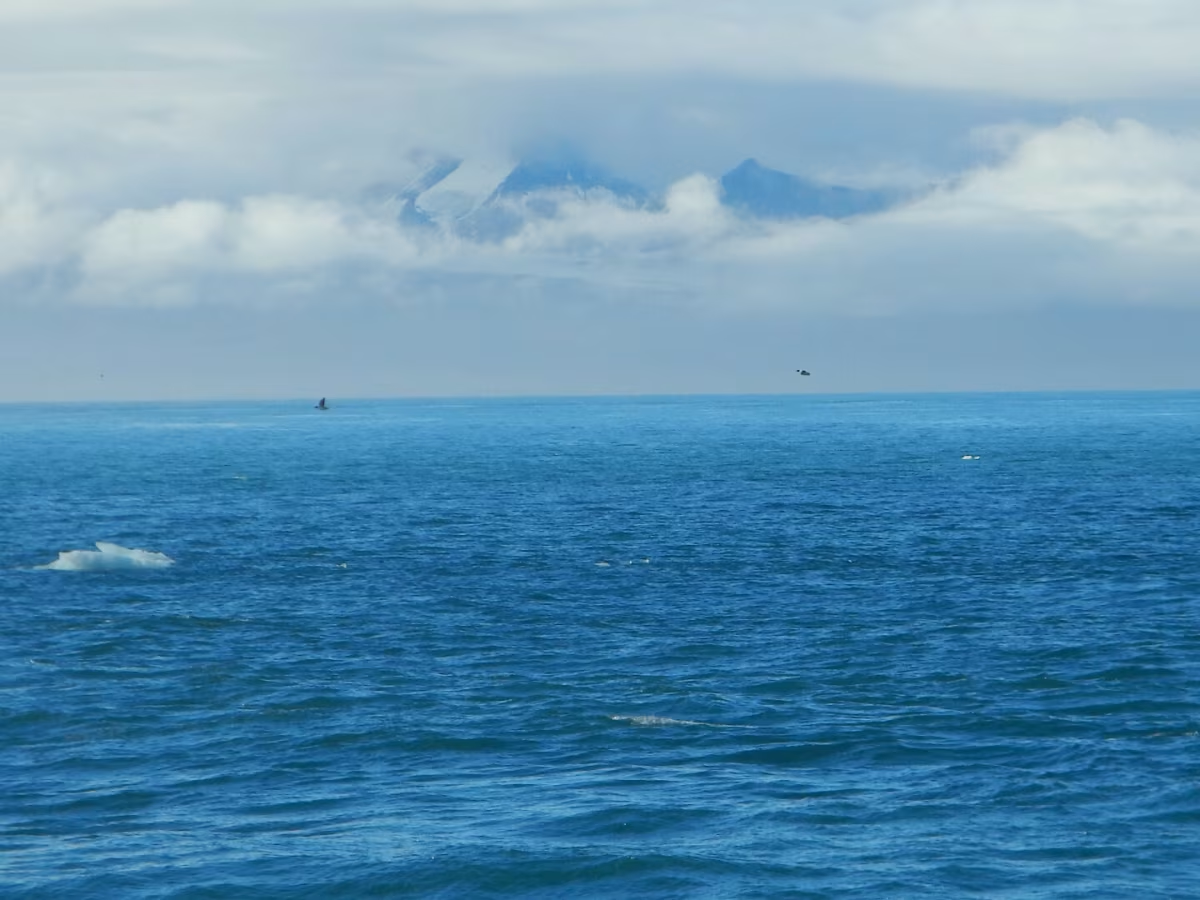
Nonetheless, Ada walked down the beach so the men wouldn’t see her cry, watching their ship leave and with it perhaps her only hope of seeing her son again.
Then she went to work.
The first months of the expedition went smoothly. While the men hunted, cared for the sled dogs, and set up meteorological instruments, Ada repaired their jackets, hoods, and other clothes. Game was by no means as abundant as Stefansson had told them it would be, but the crew managed to hunt enough to stay comfortably fed.
Then, with the dying light of summer, the pack ice closed in, the game vanished, and the crew’s re-supply ship was forced back after meeting meter-thick, hull-crushing ice.
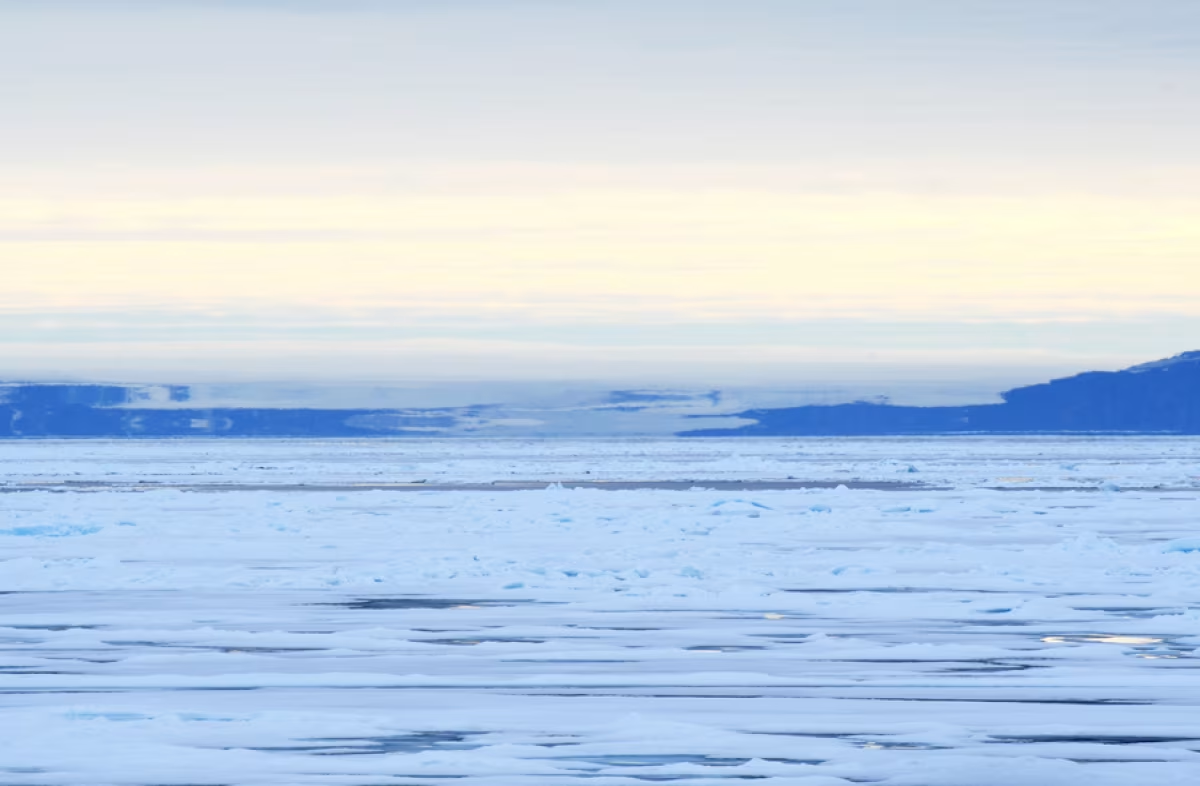
Back in Alaska, meanwhile, Stefansson was not even able to raise money for a relief ship, and by the time he appealed to the Canadian government for funds, it was already the end of August and far too late to send a ship north.
The realization slowly set in that Ada and her companions would need to last another year on their own, surviving on supplies that had barely lasted them the summer.
By January of 1923, they were starving. The temperatures held around -48°C (-56°). Knight took sick with scurvy later that month, and the three (relatively) healthy men decided to risk a trek across the pack ice to Siberia, desperate for a ship that might help them.
They never returned, nor were they ever seen again.
Ada spent the next half-year tending to Knight, serving as his nurse, doctor, companion, hunter, and woodsman. But true to the ironies of real life over fiction, this did nothing to endear the dying man to her.
Rather, Ada became the target for Knight’s helplessness, rage, and pitiful emasculation.
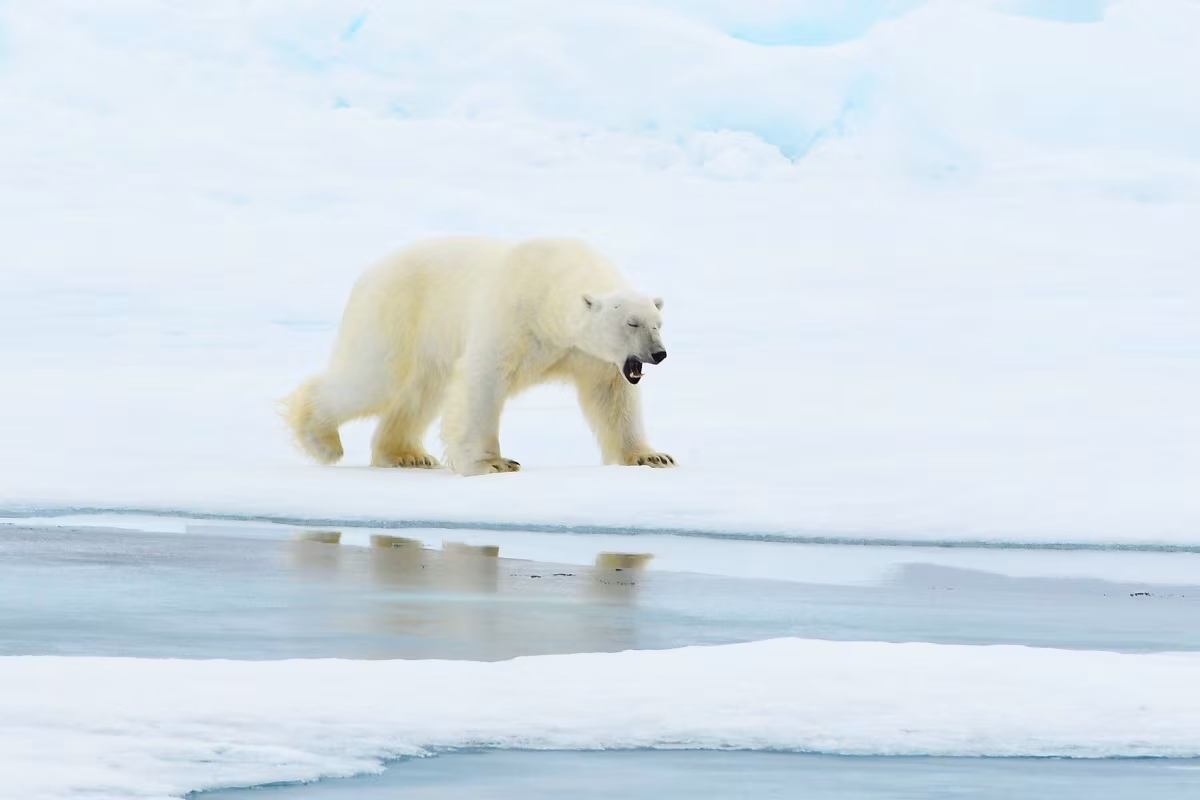
He berated her ceaselessly, blaming her for not better caring for him, and even went so far as to claim that her husband had been right to abuse and abandon her, that it was no wonder two of her children had died due to her incompetence, and that Ada was certainly trying to kill Knight by steadily starving him.
Knight shot out these indictments despite the fact that Ada, also starving, always gave him most of the game she hunted, along with the choicest cuts of meat.
Not only that, she laid Knight on a bed of oatmeal sacks that she could rotate to prevent bedsores, and also put warm bags of sand over his feet to keep them from getting frostbite.
Though Ada bore Knight’s condemnations stoically, her diary reveals entirely different feelings she kept hidden: “He never stop and think how much its hard for women to take four mans place, to wood work and to hund for something to eat for him and do waiting to his bed and take the shiad out for him.”
When Knight died on June 23, the cat Vic became Ada’s only company.
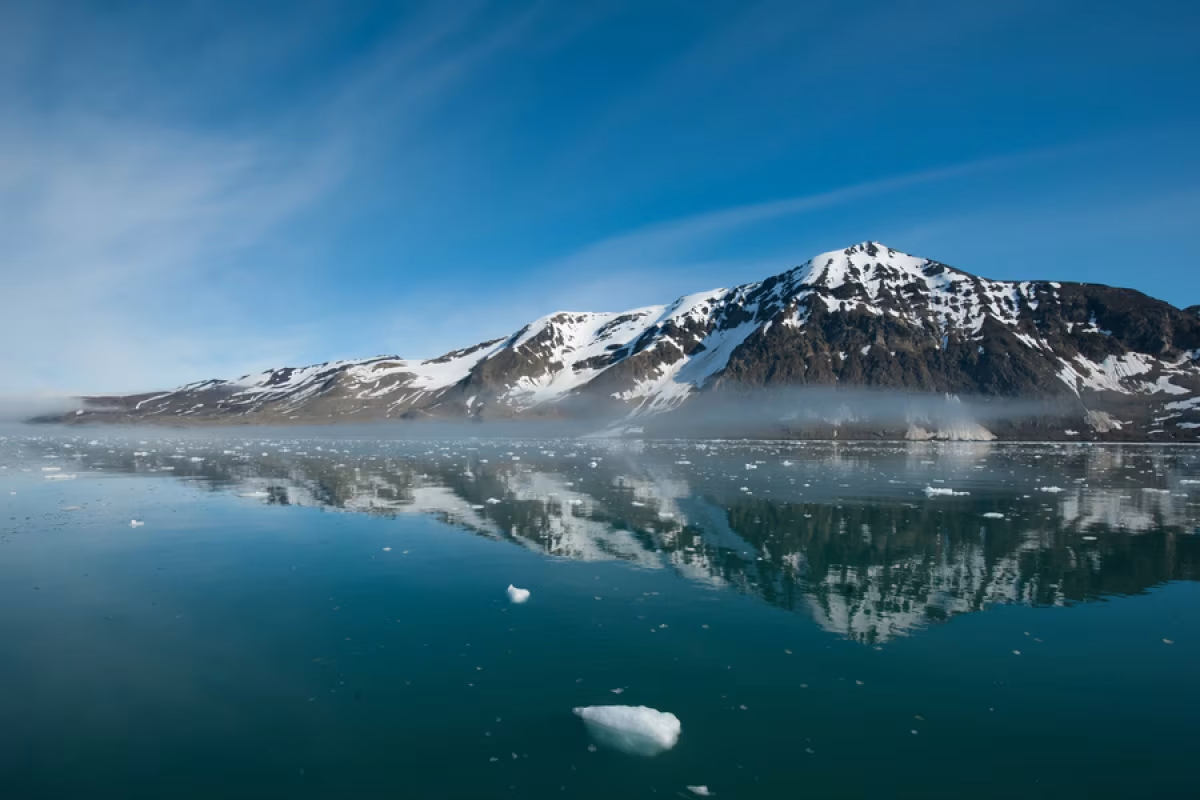
She recorded the man’s death on a typewriter left behind by one of the crew, then warded off despair by single-mindedly resolving to survive in order to see Bennett again.
Ada was far too weak to bury Knight, so instead she stacked boxes around his body and left him in his bedroll. Once done, she repaired their tent with driftwood and crafted a gun rack for her rifle, positioning it over her sleeping bag in case a polar bear approached.
Then Ada endured three months of complete human isolation, during which she practiced shooting birds and setting traps for Arctic foxes.
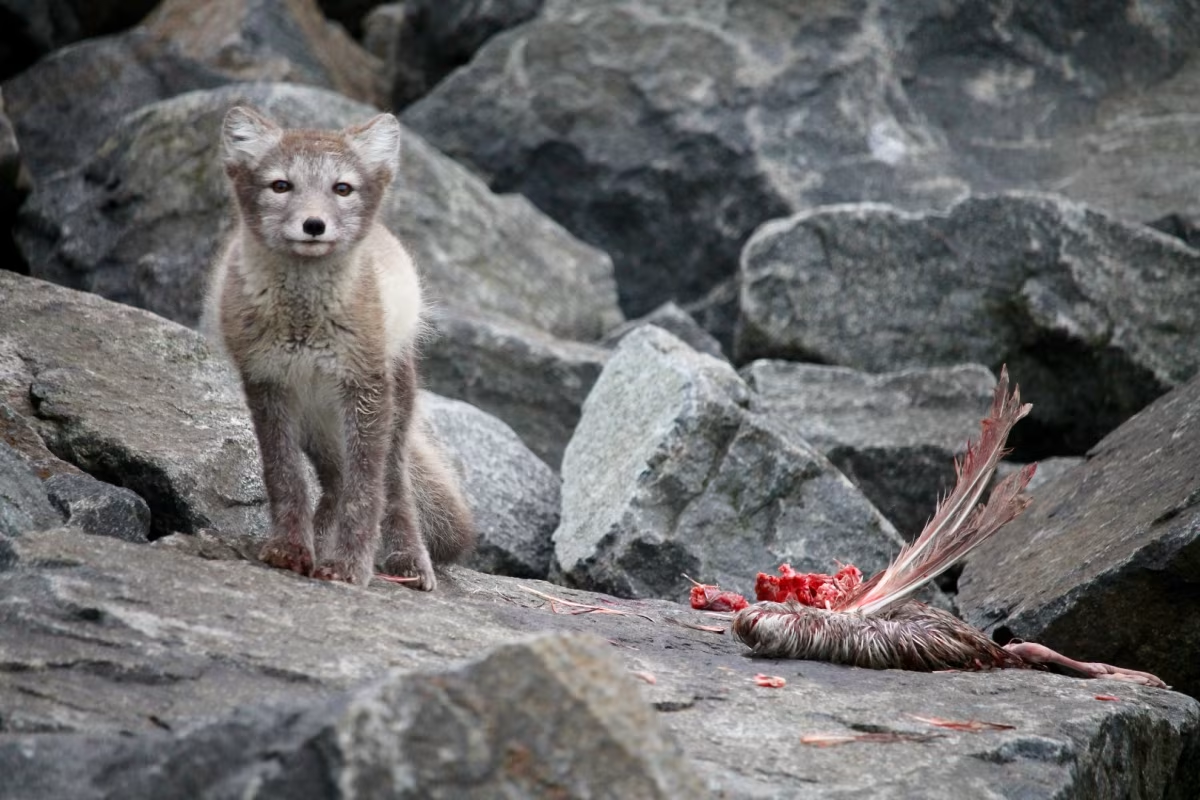
Remarkably resourceful, she also managed to replace the crew’s boat, which had been destroyed in a storm, building a new one out of animal skins, canvass, and driftwood. But still not satisfied (or perhaps not sufficiently challenged), she next made a raised platform for spotting polar bears at a distance.
In short, Ada taught herself to do all the things her all-male crew did not have experience enough to do to survive the expedition in the first place.
But though all evidence demonstrates that Ada adapted admirably to her fate, her diary reveals a daily physical and mental strain almost entirely fixated on the gnawing fear that she would never see Bennett again.
Ada even drafted an informal will in the event she did not make it back to him:
“This very important noted in case I happen to died or some body fine out that I was dead I want Mrs. Rita McCafferty take care of my son Bennett. My sister Rita is just as good his on mother I know she love Bennett just as much as I do I dare not my son to have stepmother. If I got any money coming from boss of this company if $1,200.00 give my mother Mrs. Ototook $200.00 if its only $600.00 give her $100.00 rest of it for my son.”

By the time a schooner appeared over the pitiless Arctic horizon on August 20, 1923, it had been nearly two years since Ada Blackjack had landed on Wrangel Island.
She strode out to meet the crew wrapped in a reindeer jacket she had sewn herself, a smile on her face that only someone who’s survived against all odds knows how to wear.
The men of the Donaldson were appropriately impressed. In fact, upon seeing Ada and her finely tuned camp, they claimed she had so mastered the Arctic environment that she and Vic could have lived there for at least another year.
Ada did not test this hypothesis, nor did she welcome the praise that went along with it. According to her, she was just a mother who wanted to see her child again.
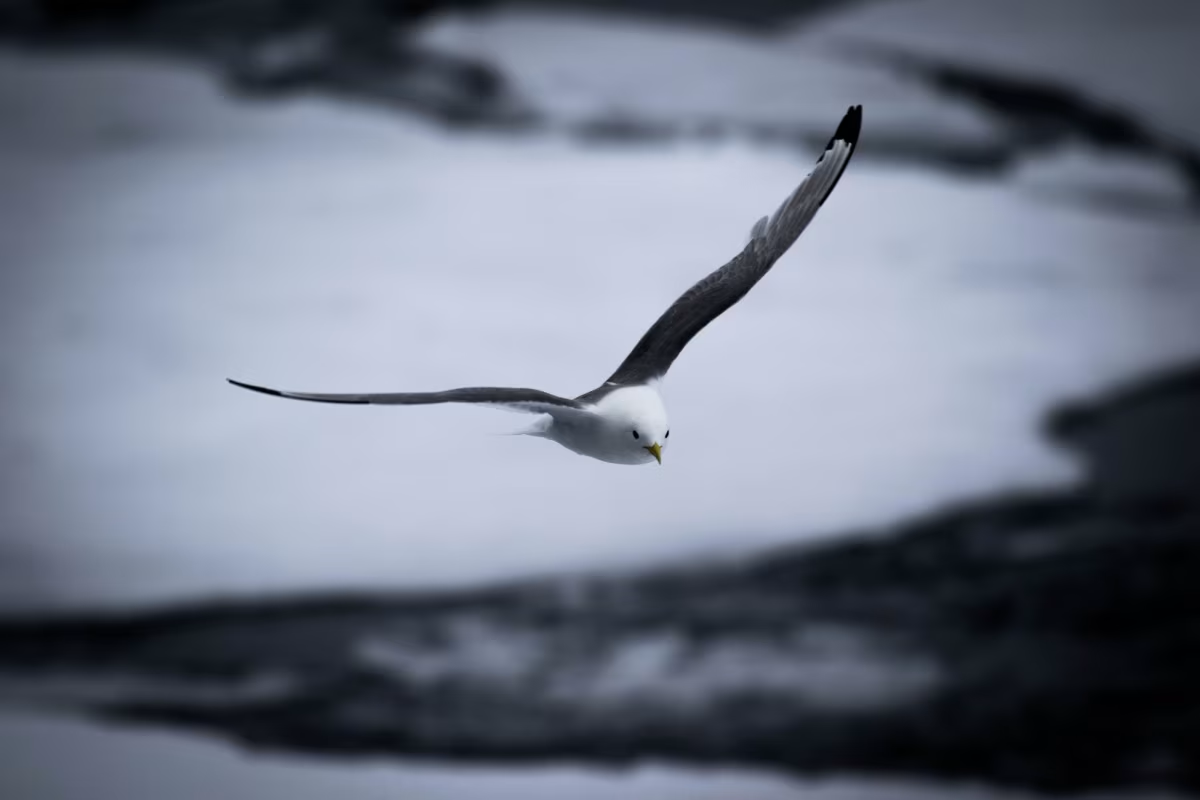
Ada Blackjack, the female Robinson Crusoe
Shortly after returning home with Vic, the tale of Ada’s long ordeal did the 20th-century equivalent of going viral: Ada was surrounded by press greedy to recount her story to the masses, who touted her as a hero and the “female Robinson Crusoe.”
She and Bennett were reunited, and though her payment from Stefansson was less than he’d promised, she was able to afford tuberculosis treatment for her son in Seattle.
After Ada’s long months of playing chess with death, things seemed to be on the upswing.
But though her return was initially met with near-overwhelming admiration, many questioned her story and later leveled accusations of negligence against her.
One accuser was actually one of the men who’d rescued her, who in an attempt to prove Ada had let Knight die, tore pages out of her diary that clearly stated the contrary.
His deceit was later uncovered, and he apologized.
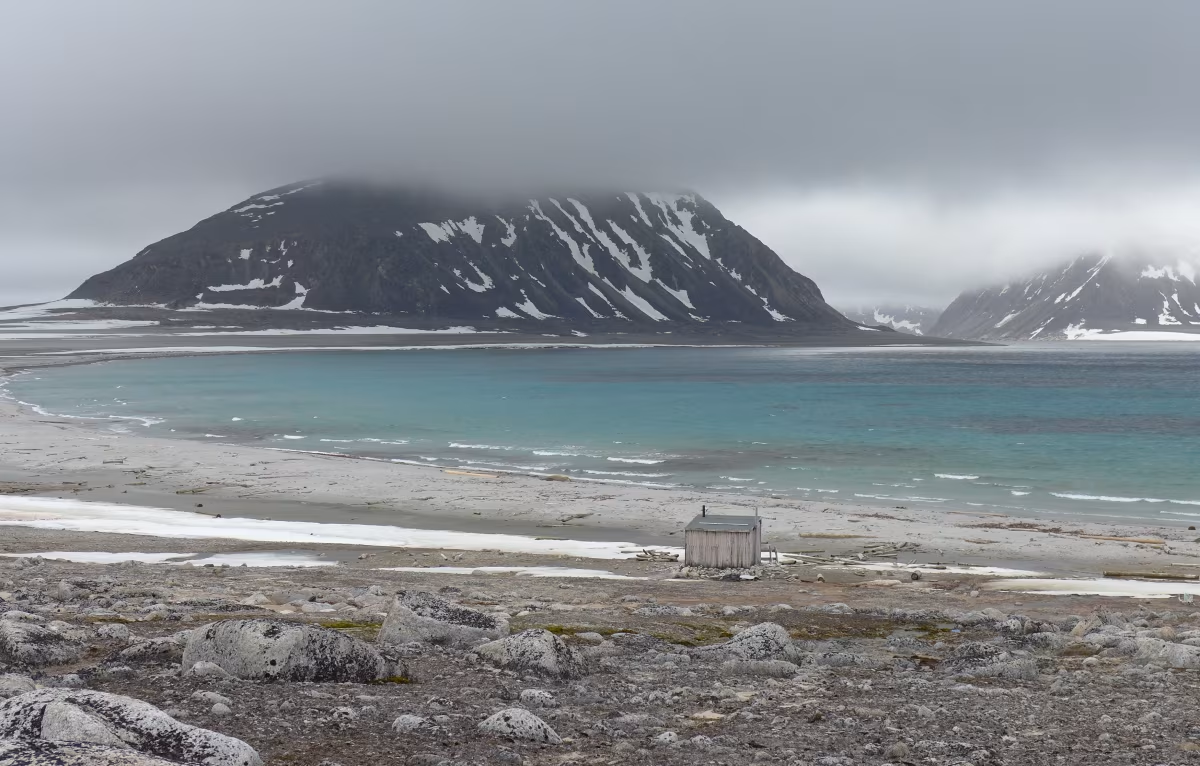
Ultimately, however, the profits and praise of the bungled Wrangel Island expedition were primarily enjoyed by its author, Vilhjalmur Stefansson, who heralded Ada’s story as the “most romantic in Arctic history” and, self-promoter to the core, wrote a book about it entitled The Adventure of Wrangel Island.
This was a strange (but surely lucrative) choice for a title, given that Stefansson had once claimed, “An adventure is a sign of incompetence,” a quote that no doubt speaks as much for itself as it says about him.
Even so, few critics if any suspected that it was exactly Stefansson’s callous ineptitude and reckless opportunism that led to the deaths of four young men and, very nearly, one tough cat and amazingly resolute woman.
But perhaps the most bitter irony is that, unbeknownst to Stefansson, Wrangel Island had already been claimed by Russia five years before his doomed expedition ever took place.
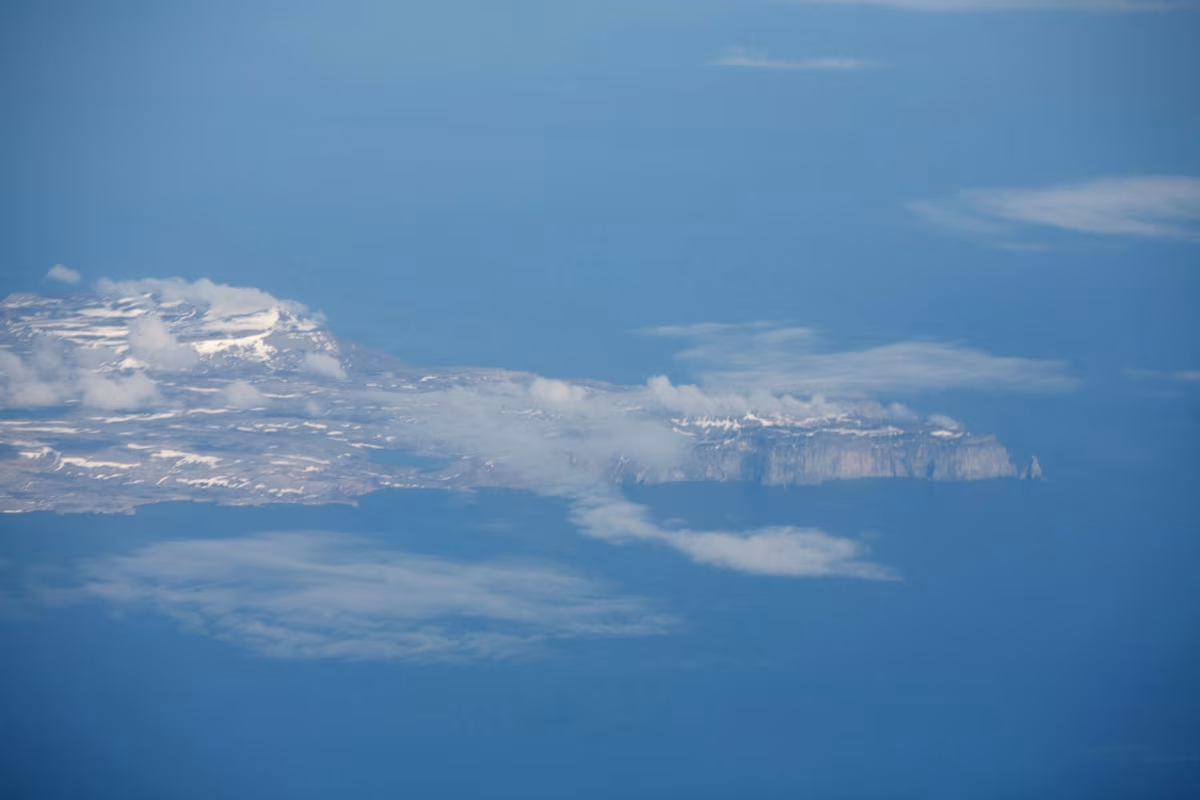
Ada eventually returned to Alaska, where she had another son. But rather than enjoying the easier life that should have been afforded her by her newfound prestige, Ada’s remaining years were not much sunnier than her time in outer Siberia.
She was troubled with poverty the rest of her life, and Bennett never grew to full health.
Ada even had to give him and her second child, Billy, to an orphanage yet again when she lacked means to care for them, only regaining her sons nine years later.
Bennett died in 1972 at 58 years old, and Ada joined him about ten years later, herself aged 85. It is unknown if Billy still survives, but it is known that he remembered Ada fondly as a loving mother and “one of the greatest heroines of Arctic exploration.”
Which is exactly how we should remember her too.
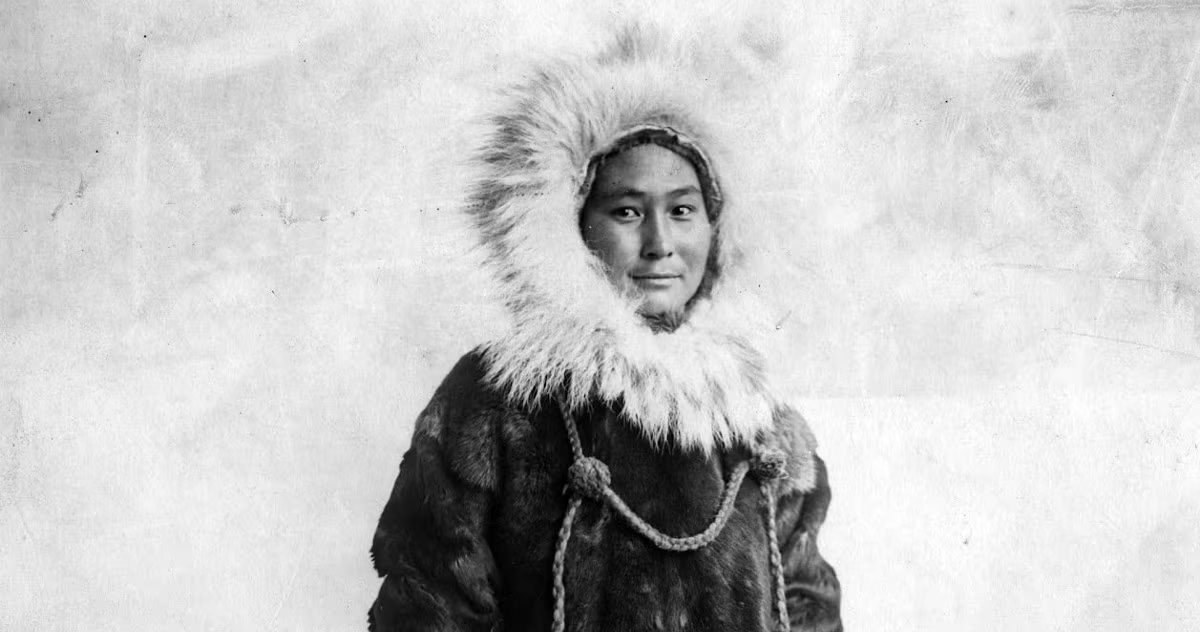
Main picture by Rauner Special Collection Library
